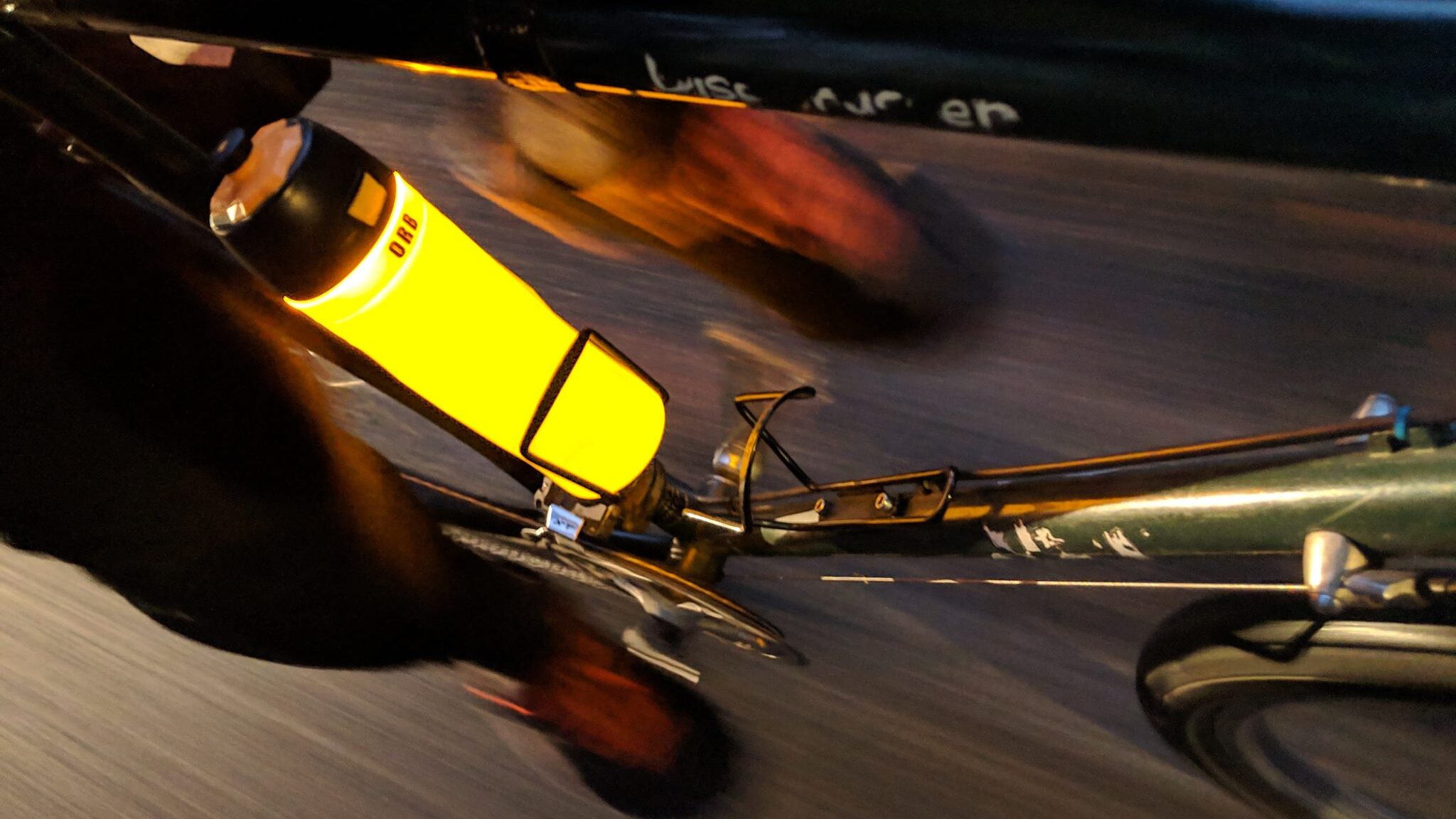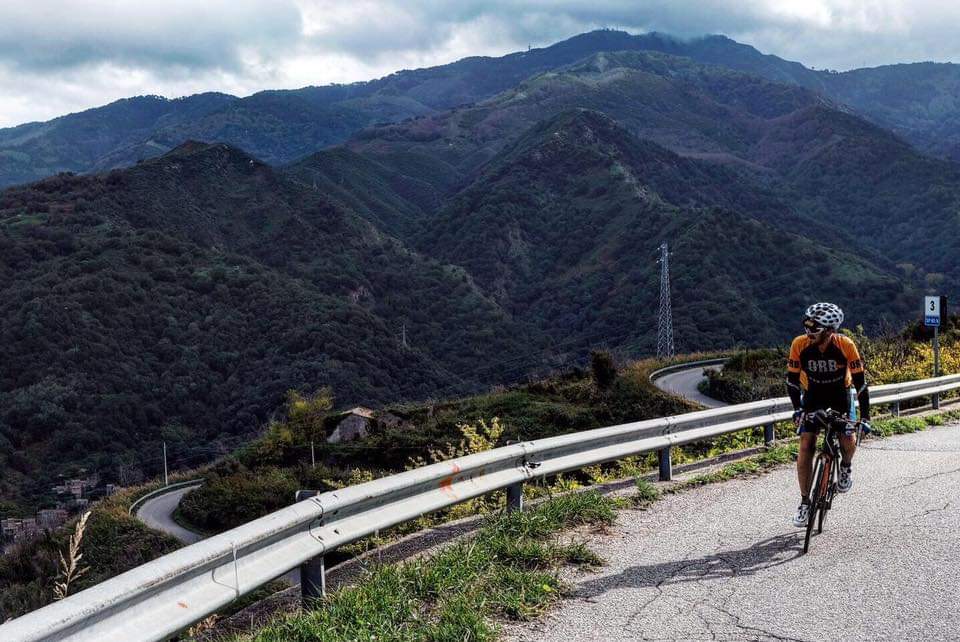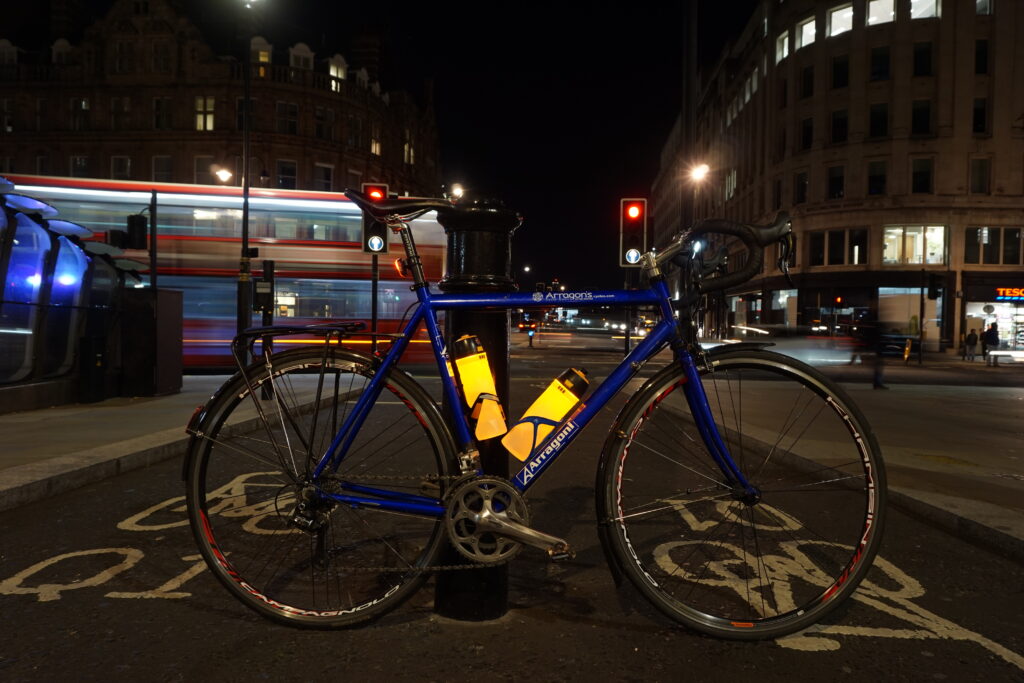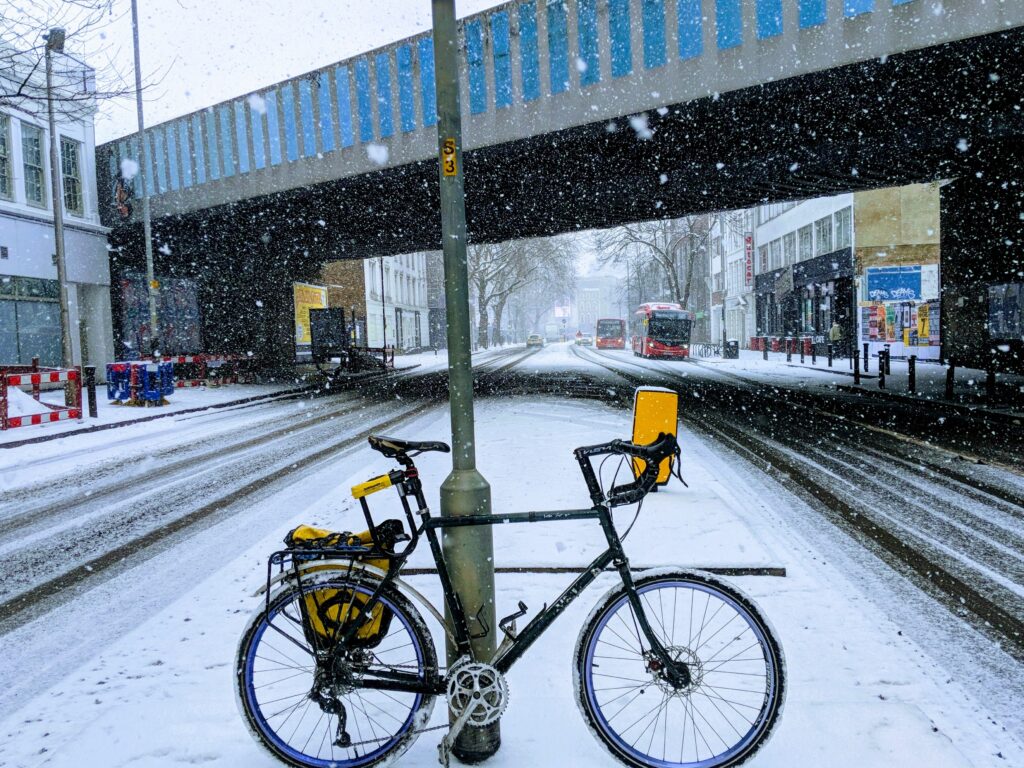
With the weather changing fast, we asked ultra running guru (and now cycling convert) Robbie Britton for his tips on riding through the winter.
Layer up. Or down. You choose.
As autumn and winter really set in, so does the mismanagement of layers by cyclists. It’s a proven fact* that no one gets their clothing right on the first winter cycle of the year.
Setting off in the cold with that new insulated jacket, the first hill has you sweating, but as soon as you start descending again, all that heat is gone and your toes are cold.
Keep this in mind and have some good options. The old adage of “be bold, start cold” works best for running, but add a lightweight windproof jacket to your back pocket and it could be enough to keep you warm for any downhills.
Multiple layers are often better than big jackets as you can vary as the ride goes along, the same can be said for leg and arm warmers too. Now gloves, that’s a different science altogether.
If you’re commuting to and from work, then be adaptable too as the weather can shift. A buff, even a spare one for the evening, can make a whole load of difference, as can overshoes or even full waterproofs if it’s persisting down.

*well, a good guess
Be Seen
Although we know improving cycling safety is in large part down to safer infrastructure and driver education, it’s still important to do your best to be seen.
A good front and back light, like the Bugsy or Droid light sets, can go a long way to letting drivers know you’re there, as long as they’re not tweeting at the wheel.
Yet a Swedish study found that over 70% of car-bike collisions happen at intersections, where your front and back lights might not be enough to stay visible. That’s part of the reason Orb was created.
Along with good high visibility and reflective clothing, the Orb provides 360 degree visibility the you’re cycling at night.
Additionally research has shown attaching reflectors or lights to your ankles provides a movement more likely to be seen by a driver, as it’s a sign of human bio-mechanical movement.

Mudguards aren’t just for grandad.
Many just think of mudguards as something their dad has attached to his old steel touring bike, but more and more road/gravel bikes are either coming with attachment points or people are using the simple, quickly attachable mud guards like Ass Savers.
Not only can they stop your back side from being covered in mud and detritus from road, when cycling in the rain the spray from the front wheel can actually affect your vision of what’s ahead.
In wet conditions your braking is also going to be affected, so a couple of extra seconds to see that minivan pulling out of a side road can make all the difference.

Get out and enjoy yourself
Cycling in all weathers might be a little daunting at first, but don’t wait until Spring for the weather to pass.
The lessons you can learn over a varied winter of cycling can hold you in good stead for a lifetime of adventures when it comes to your bike. If you’re stuck indoors waiting for a weather window in January you might not get out for a few days.
Rope a friend into a more adventurous ride in the depths of winter and you’ll keep each other accountable come the frosty morning in which you set off. Those days make a midway coffee or hot chocolate ever the more satisfying, but taking a flask with you might prevent a cold wait in the queue for a cafe.
So what are you waiting for? Get outside this winter and tag Orb in your pictures on Instagram and keep an eye out for any competitions we run to keep things interesting.
Thanks to JP Robertson and Two Volcano Sprint for photo 1
